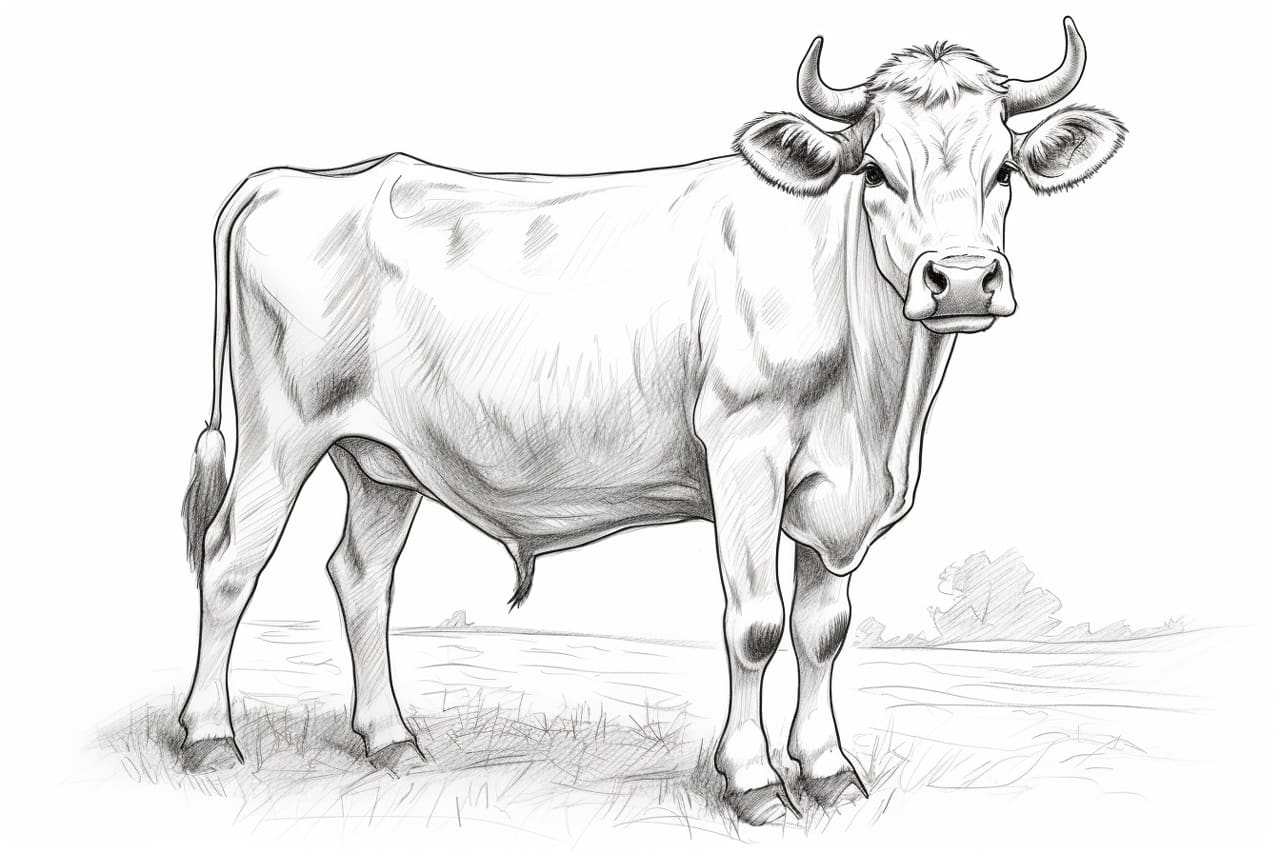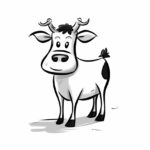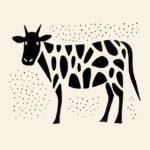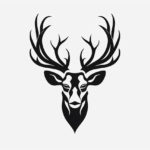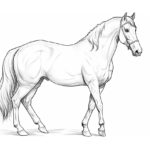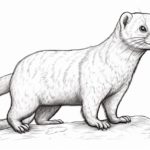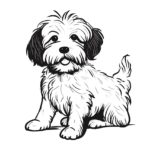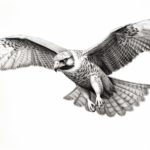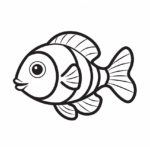Welcome to the wonderful world of drawing! Today, we will be exploring the graceful, gentle, and majestic creature known as the cow. Cows have long been a symbol of peace, nourishment, and abundance in various cultures around the world. With their unique features such as their big, soulful eyes, powerful yet gentle stature, and distinctive markings, cows make for a captivating subject to draw. In this lesson, we will delve into the art of capturing the essence of a cow on paper, from mastering their proportions and anatomy to conveying their character and personality through your artwork. So grab your pencils, sharpen your focus, and let’s embark on this artistic journey to bring these beautiful creatures to life on the page!
Materials Required
To draw a cow, you will need the following materials:
- Drawing paper or sketchbook
- Pencils (different grades for shading)
- Eraser
- Sharpener
- Reference image of a cow (optional but helpful)
- Drawing pens or markers (optional for outlining)
These basic materials should be enough to get you started on drawing a cow. Feel free to add any additional materials or tools based on your preferred drawing style or technique.:
How to Draw a Cow: a Step-by-step Guide
Step 1: Gather Your Materials
- Grab a pencil, eraser, paper, and any coloring tools you may want to use for your cow drawing.
Step 2: Start with Basic Shapes
- Begin by drawing a large oval shape for the cow’s body.
- Add a smaller oval for the cow’s head, slightly overlapping the body.
Step 3: Draw the Cow’s Features
- Sketch in two small circles for the cow’s eyes, towards the top of the head.
- Add two small curved lines below the eyes for the cow’s nostrils.
- Draw two small curved horns on top of the cow’s head.
Step 4: Add Details
- Outline the cow’s ears on either side of the head, using curved lines.
- Draw a curved line below the head for the cow’s mouth.
- Add four short, stubby legs to the bottom of the body, using simple lines.
Step 5: Refine the Drawing
- Go over your initial sketch with darker lines, emphasizing the outlines and details of the cow.
- Erase any unnecessary guidelines and shapes to clean up your drawing.
Step 6: Add Texture and Shading
- To give your cow drawing more realism, add texture to the cow’s fur using short, curved lines.
- Use shading techniques such as hatching and cross-hatching to create depth and dimension in your drawing.
Step 7: Final Touches
- Take your time to refine any details and make any necessary adjustments to your cow drawing.
- Add any additional elements to the background or scene to enhance your artwork.
Step 8: Color Your Cow
- Use your coloring tools to add color to your cow drawing. Typically, cows are white with black spots, but feel free to get creative with different colors and patterns.
Step 9: Sign and Date Your Artwork
- Once you are satisfied with your cow drawing, don’t forget to sign your name and date your artwork to mark its completion.
Step 10: Share Your Artwork
- Display your cow drawing proudly or share it with friends and family to showcase your artistic talent and creativity.
Conclusion
In conclusion, I want to congratulate you on completing your drawing of a cow! Your attention to detail and use of shading really brought the subject to life on the page. Remember, art is a journey of constant growth and learning, so continue to practice and explore new techniques. Keep pushing yourself to experiment and push your boundaries as an artist. The world is full of inspiration waiting to be captured on paper or canvas. I look forward to seeing more of your creations in the future. Keep up the great work!
Fun Facts About Cows
- Cows have an excellent sense of smell and can detect odors up to six miles away.
- Cows have panoramic vision, which allows them to see almost 360 degrees around them without having to move their heads.
- Cows have a unique digestive system with four compartments in their stomachs, which allows them to efficiently digest tough plant fibers.
- Cows communicate with each other through a complex system of vocalizations and body language.
- Cows are social animals and form strong bonds with their herd members, often displaying empathy and care for one another.
- Cows are highly intelligent animals and are capable of learning and problem-solving tasks.
- Cows have a natural instinct to nurture and protect their young calves, displaying strong maternal instincts.
- Cows have a hierarchical social structure within their herds, with dominant individuals asserting their authority over others.
- Cows have a keen sense of touch and use grooming behaviors to establish and maintain social bonds within the herd.
- Cows have been domesticated for thousands of years and have played a vital role in agriculture and food production around the world.
Suggestions for Scenes and Settings for Cow Drawings
- A peaceful pasture with a cow grazing under the shade of a small tree.
- A whimsical scene of a cow frolicking in a field of wildflowers.
- A rural farm setting with a picturesque red barn in the background and cows grazing in the fields.
- A serene lakeside scene with a cow drinking water from the lake.
- A snowy winter landscape with a cow nestled in a cozy barn.
- A vibrant market scene with a cow being led by a farmer through bustling stalls.
- A mystical forest setting with a cow blending in with the enchanting surroundings.
- A historical depiction of a cow being milked by a farmer in a traditional barn.
- A surreal scene of a cow floating in the clouds with a dreamlike background.
- A futuristic setting with a technologically advanced cow farm with robotic milkers and feeders.

